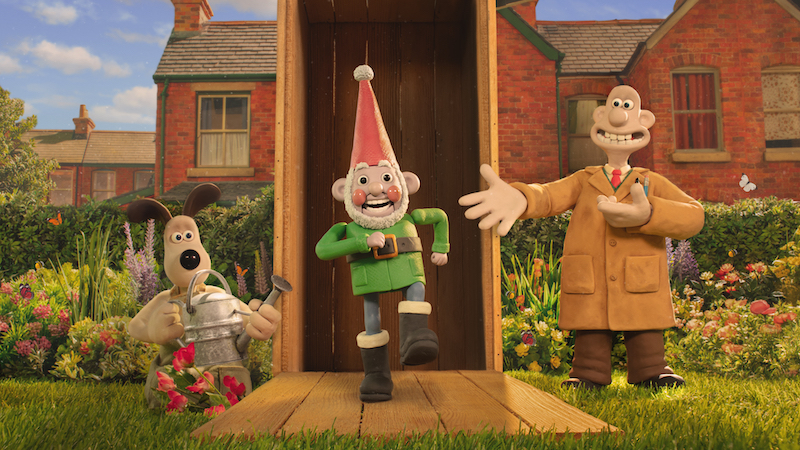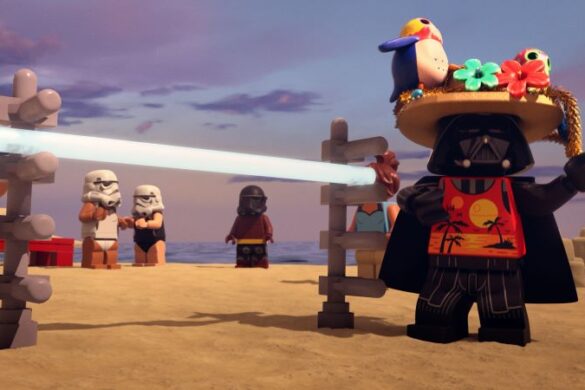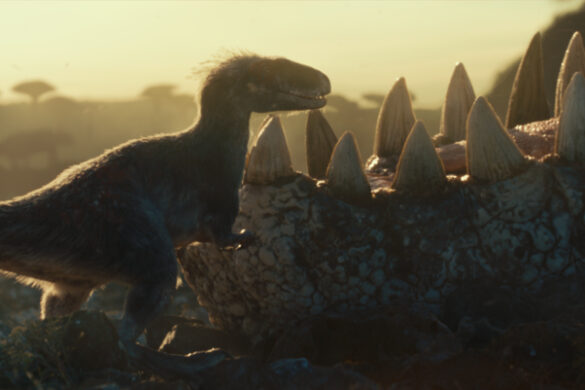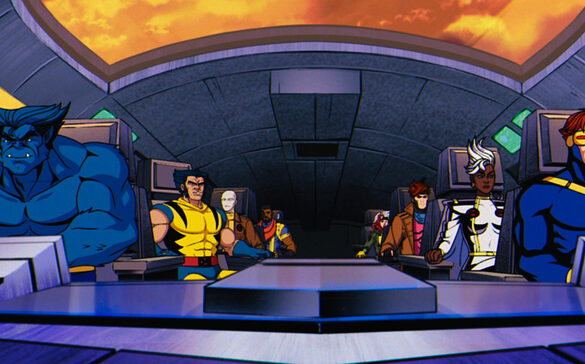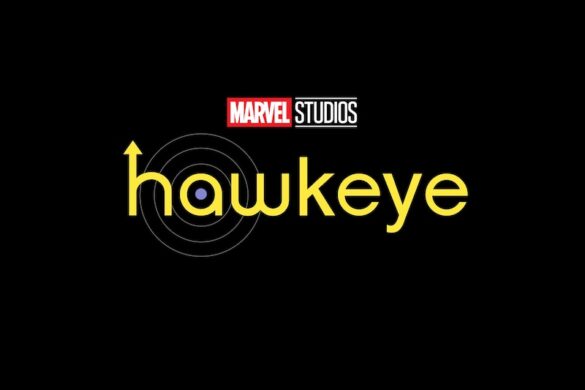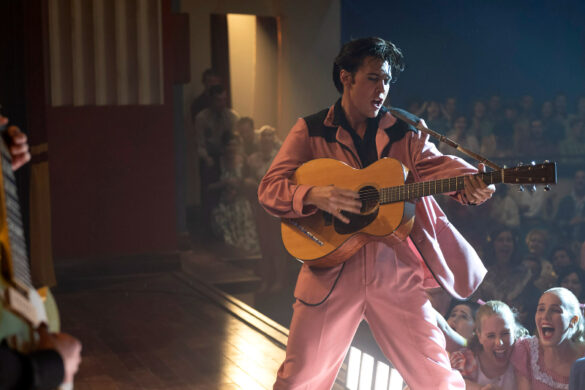“Wallace & Gromit: Vengeance Most Fowl” is another Aardman classic tale that is just as humorous and whimsy as its predecessors. The hilarious misadventures of the eponymous inventor and his loyal dog are the backbone for all of the films, while the production process made the claymation feature tactile. Now, the two are back for another film that blends nostalgia with a timely story about our technological dependency.
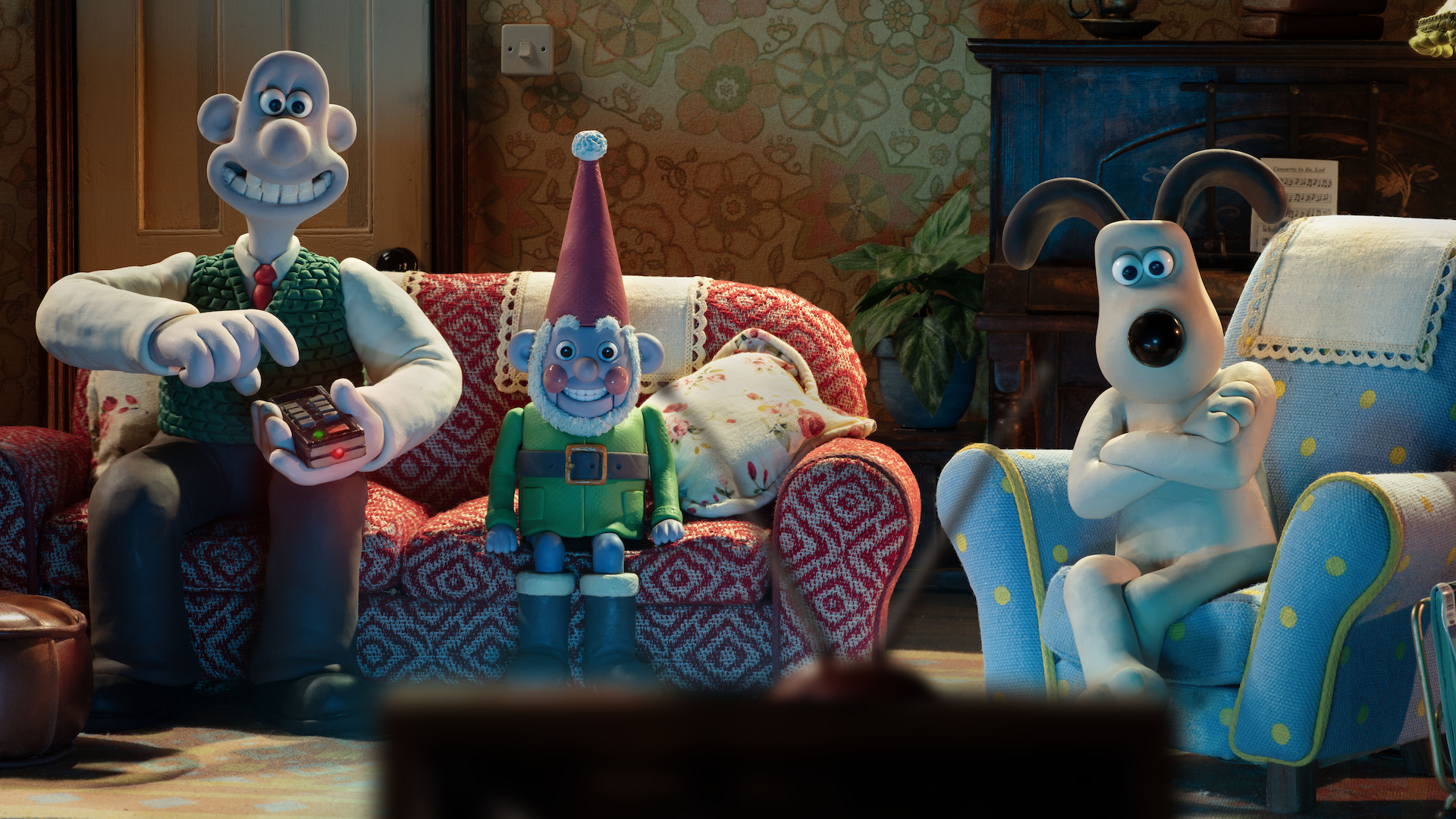
Wallace & Gromit: Vengeance Most Fowl. Courtesy of Netflix © 2024
It’s been 19 years since Wallace and Gromit graced the screen with their attempts to remove a cursed critter in “Wallace & Gromit: The Curse of the Were-Rabbit.” Since then, Aardman has been delivering films like Arthur Christmas, Shaun of the Sheep, and Chicken Run: Dawn of the Nugget. Those films spark particular joys, but none could reach Wallace and Gromit’s following. As such, it is fair that the stop-motion animation studio gets to play with these characters again and put them in a story that reflects the times that we live in today.
In “Wallace & Gromit: Vengence Most Fowl,” the eponymous inventor and his loyal dog live a relatively quiet life after their run-in with the shifty penguin thief Feathers McGraw. Feathers is now a jailbird, forced to live out a ten-year sentence at a local zoo. There, he begins hatching a scheme to break out of jail, frame the two heroes for a crime, and retrieve the diamond he tried to steal.
Meanwhile, Wallace and Gromit continue to build these way-too-elaborate Rube Goldberg inventions for simple tasks. With a simple button, Gromit helps Wallace get out of bed. A few pulls, button presses, and dial turns later, Wallace gets bathed and dressed. But the process takes longer than it should, making it more like a hilarious ordeal. Even having breakfast is prolonged because the device spends much time slathering toast with jam. The simple act of petting a dog is also robbed of its humanity when Wallace activates a gadget that releases a hilariously large glove to pat Gromit on the head.
The overcomplicated machinery used to help Wallace & Gromit is part of the humourous appeal of these two characters. And now that the world is slowly coming to terms with co-existing with AI, the film is an opportunity to address our technological dependency. So the film then shifts its focus to Wallace helping the introverted Gromit out when he sees his loyal dog exhausted from tending his garden. Of course, this is no ordinary garden, but one that Gromit shaped with his two bare paws. It’s his safe space to get away from Wallace.
Of course, Wallace misreads Gromit’s efforts to tend his garden and invents a robotic garden gnome named Norbot to help. The robotic garden gnome, who wears a green jacket and red pointy hat, immediately destroys Gromit’s beautiful garden by trimming away all of the lush color and replacing it with geometric hedges and a cast stone fountain. It looks cookie-cut and ordinary, at least not to Wallace, who is in awe of what he has built. Even the neighborhood is impressed with Wallace’s latest invention, so much so that they want to rent it out for their needs.
Gromit is just going to have to learn to live with it. However, Norbot has a nasty habit of making things worse for the dog before they get better. Not only did Norbot barge in on what makes Wallace happy, but the robot also intruded on his sleep with a nosy and bright charging process that happens on a nightly basis. It’s enough to drive anyone (or, in this case, any dog) mad.
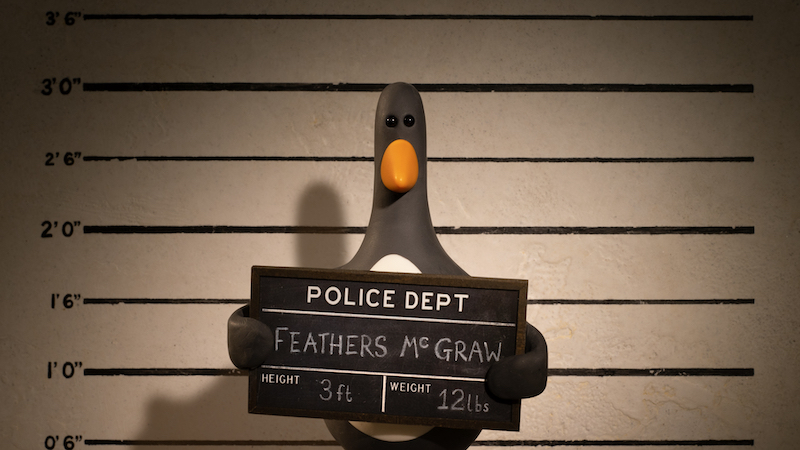
When a bitter Feathers sees news of Wallace & Gromit’s recent success from his jail cell, he assembles an accordion hand to extend to a zoo keeper’s computer to hack into and turn Norbot evil. The once helpful robot then builds an army to terrorize Gromit and burgle household items from the neighborhood. So Wallace & Gromit’s once friendly neighbors who needed Norbot to help with their chores start to blame them for their missing items. Meanwhile, Feathers uses the distraction to take the following steps to steal back the diamond and steer the blame to Wallace. So, it’s up to Gromit to clear their names and return Norbot to his original programming before Feathers can escape with the diamond and frame them for his crime.
The film’s commentary on technology is all too timely as it uses Norbot to highlight the benefits and drawbacks. Directors Nick Park and Merlin Crossingham, who use a script written by Mark Burton, visualize the juxtaposition of simplicity and advanced technology by pitting the two against each other. Wallace suggests Gromit needs to embrace technology. In contrast, Gromit is more apathetic to technology and just lives with it, though he’s more handy than he lets on as he can invent a few things while still knowing how to use the finer things in life, like a tea kettle. Setting up the simple dichotomy fits into what the Wallace & Gromit films deliver consistently. It’s fresh, funny, and timeless but never boring, malicious, or off-putting.
Perhaps one of the film’s only faults is that it’s predictable. Predictable in a way that those who are familiar with the comedic antics of Wallace & Gromit know what they are getting into. It’s safe and checks off all the boxes for over-the-top gags and sweet nostalgia. At the same time, those comedic bits can get repetitive. It doesn’t necessarily dull the film, but it leaves the audience wanting something fresh instead of doubling down on a joke. Luckily, the feckless Chief Inspector Albert Mackintosh (Peter Kay) and his plucky new constable PC Mukherjee (Lauren Patel) give us a different perspective on everything happening as Feathers carries out his scheme. Their bantering and investigation are amusing, considering how they make some wacky connections based on the even wackier contraptions Wallace has built. However, it seems Mackintosh and Mukherjee’s antics are enough to be its own film.
Not enough can be said about the painstaking efforts it takes to produce a stop-motion animated film like “Wallace & Gromit: Vengeance Most Fowl.” It’s a cinematic experience unlike any other because of how physically demanding filming these clay figures frame by frame is. The production of a film like this even speaks to its themes as something like AI could never replicate the human touch that goes into making something as still as a clay figure and giving it life through expression and movement. Even the emotionless Feathers spinning a chair around like a classic Bond villain or him drinking a cup of coffee with text that reads World’s Best Boss can bring laughs.
What makes something like “Wallace & Gromit: Vengeance Most Fowl” work is its ability to stay true to their spirit. All of the goofs and gags from the clanky Rube Goldberg machinery or the dad jokes are sure to elicit more than a chuckle. It’s guaranteed to make audiences laugh out loud, especially for a much younger generation who are coming into this with a fresh pair of eyes. Although, it is essential to note that jumping into “Wallace & Gromit: Vengeance Most Fowl” isn’t recommended, considering there are a few connections to “The Wrong Trousers.” A brief recap in the cold opening attempts to remedy that problem but one could get the most out of the comedy and better appreciate Aardman’s work if they watch “The Wrong Trousers.”
And at a breezy 79 minutes, the film is so much more than a hilarious commentary on humanity’s reliance on technology, but a continued heartfelt exploration of a friendship that has existed for decades.
9/10

